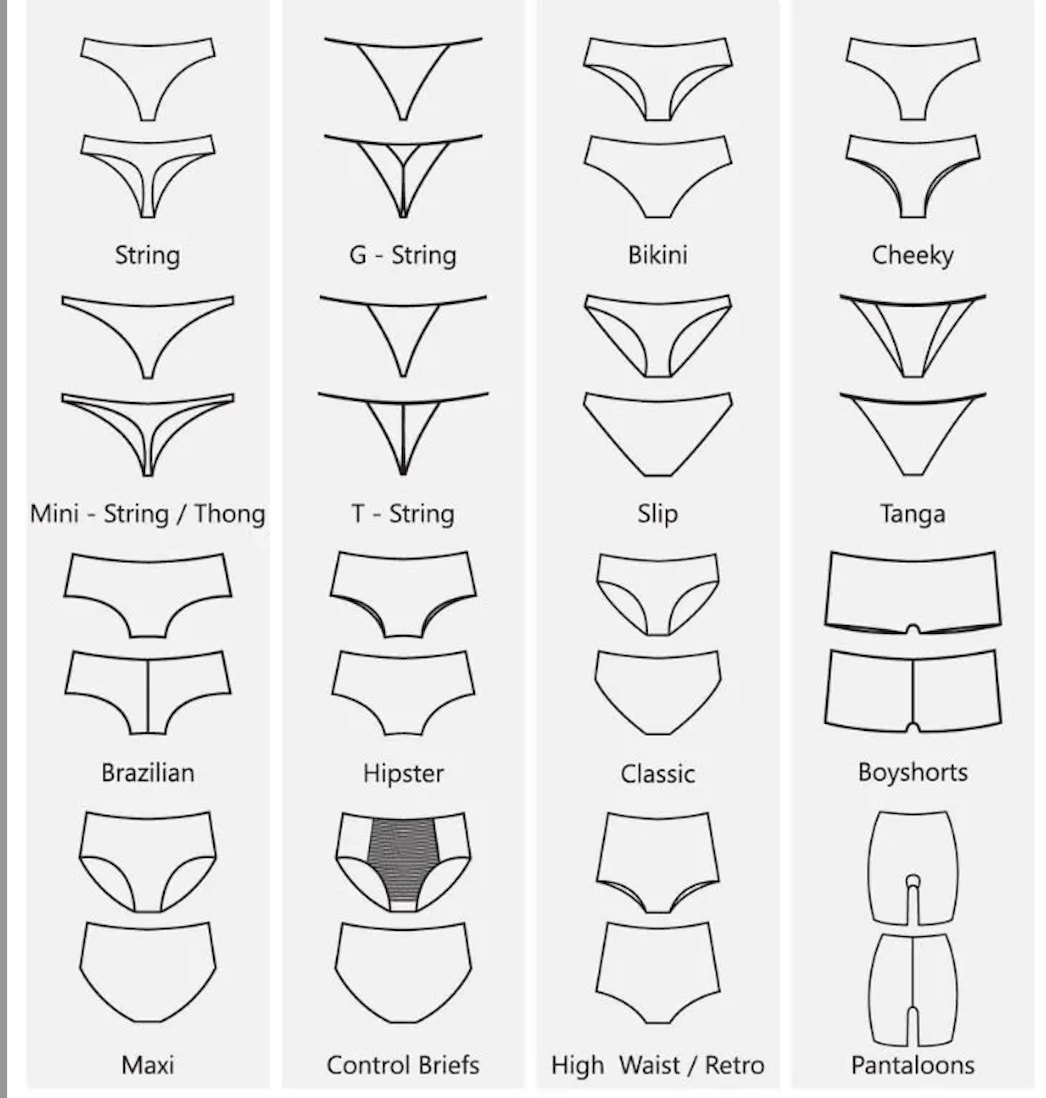A variety of techniques can be used in the production of period panties, and the corresponding effects of each technique are also different. Some common processes and their effects are described below.
1. Hot pressing process: hot pressing is to combine the fabric with other parts (such as elastic bands, labels, etc.) by heating and pressing. The process is often used to fasten elastic bands, print labels and apply labels, etc., to ensure that the components of underwear are durable.
2. Elastic sewing: Elastic sewing process is to use elastic thread or adhesive to sew elastic parts (such as waist, leg opening) to the fabric. This process helps provide a better fit and comfort, ensuring that the panties do not slip or bunch up when worn.
3. Non-sewing methods: In addition to the traditional sewing process, there are some seamless or pressure sewing techniques that can be used in the manufacture of physiological underwear. These methods use special equipment and techniques to create fabric structures that don’t require stitching, providing greater comfort and a non-marking feel.

There are different styles of period panties, here are some common styles of period panties:
1. Traditional type: Traditional period is similar to ordinary boxer briefs, with a full-coverage design. They’re usually made of absorbent material, have a leak-resistant layer, and are suitable for menstrual use with moderate to heavy flow.
2. Pants: Long pants are similar to shorts or calf-length panties, offering more coverage and protection, ideal for nighttime wear or women who need more protection.
3. Thong: Thong has a T-shaped design on the back, similar to a thong. This style is suitable for women who wish to reduce the coverage of the buttocks during menstruation. There is always an option for you.Period panties is a sustainable product that is washable, reusable, and does not cause damage to the environment.
